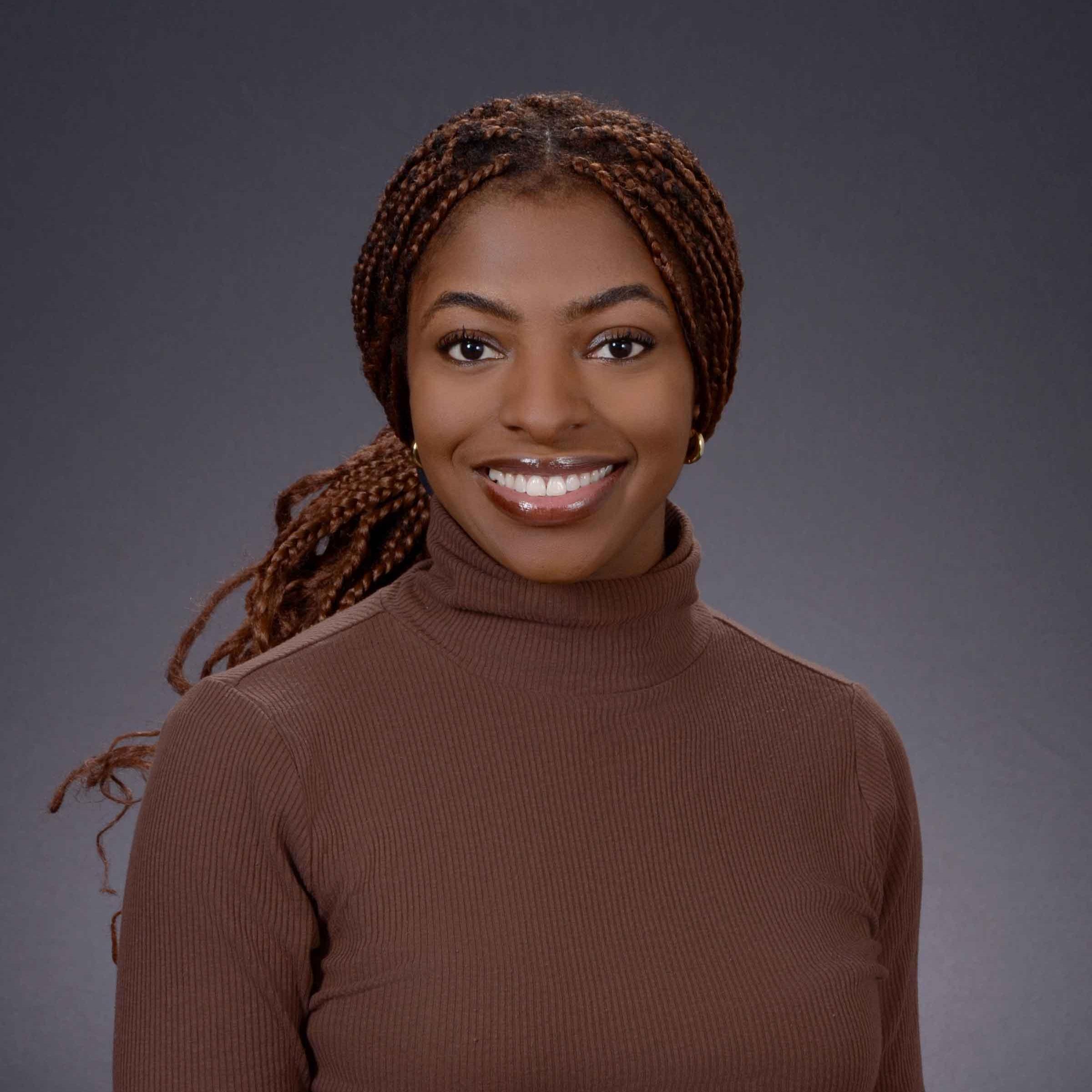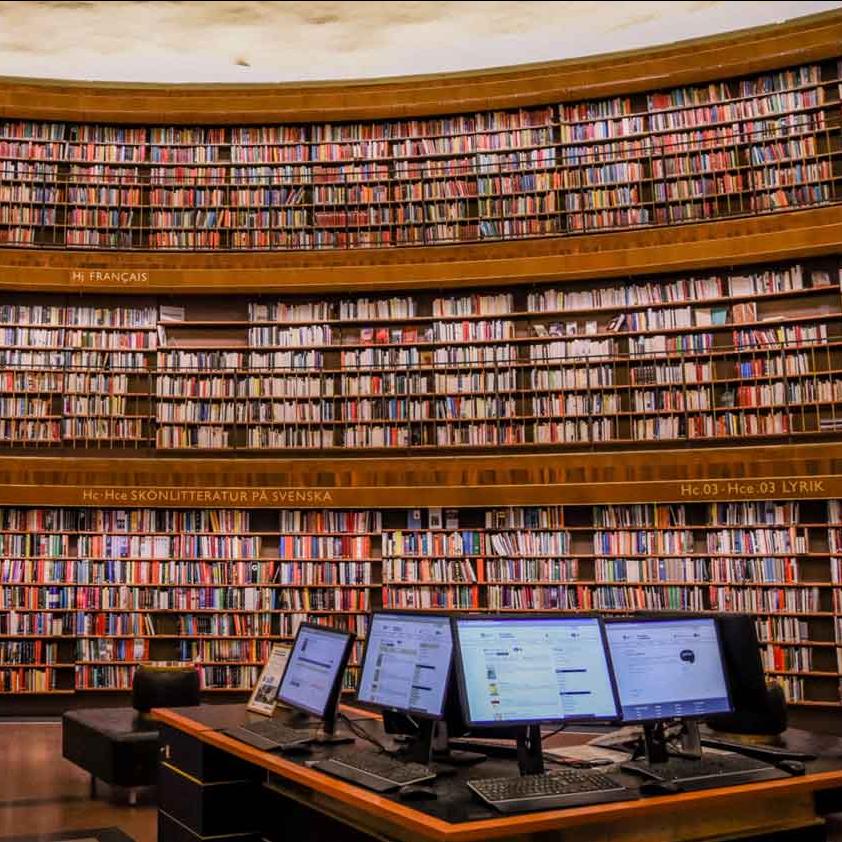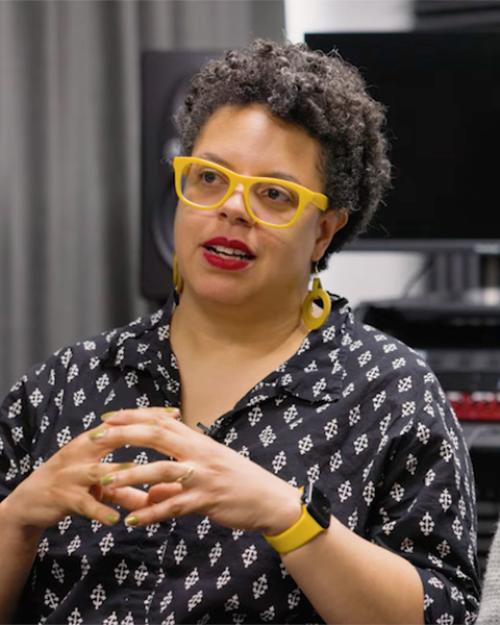In 2001, artists Keith and Mendi Obadike put Keith's "Blackness" up for auction on eBay. While the company shut the audacious proposal down after several days, the work (part of their early black.net.art actions) was virally discussed and widely covered by the press.
Since those groundbreaking days creating pieces for an online audience, Keith, now a professor in the Department of Art at Cornell AAP, and Mendi, a professor in the College of Arts and Science's Department of Performing and Media Arts, have cocreated projects that investigate a wide swath of social topics using the tools of music, art, and language without hierarchy. This semester they are also coteaching Sound, Music, Public Space, the spring 2024 Urban Justice Lab offered as part of the Andrew W. Mellon Foundation Collaborative Studies in Architecture, Urbanism, and the Humanities series.
Source material for their work may be drawn from archives or headlines, and the performance may be presented in a gallery or along an urban street, but the work is always a conversation — one that begins between two collaborators in life and art, and then, with a turn toward the public, the dialogue continues.
Molly Sheridan: I'd like to start by going all the way back to the beginning of your collaborative work. Would you speak a little bit about what ideas and projects brought you together initially?
Mendi Obadike: We'd known each other for a long time before we started working together, and when we began, we were really interested in telling big stories that were musical and visual. We were working on the internet, because that was a place where you could bring out narrative, you could bring out music, you could bring out visual work without it being a venue that was primarily for something else. All the things had equal weight and we liked that.
Keith Obadike: We started doing these little online projects together in 1996, but from the beginning, we thought about those projects as happening in public space. So it was an inexpensive way to do these interdisciplinary collaborative works in what we thought of as a new public space.
MS: And you dove right in, right? Maybe the eBay piece was the major work of that time, or at least the most widely talked about?
KO: That was a thing that had a life of its own! In 2001 we posted my Blackness for sale on eBay with a list of benefits and warnings. We thought of it as commenting on this commerce site and the way identity was starting to function online. This was before people were really calling things social media, but there were online communities where people were playing with identity in different ways.
MS: How important is the context of where the piece will be presented to most of these projects? I'm thinking of work such as The Bell Rang, which was projected on a bell tower at Mills College, but then there's American Cypher, which has been installed in different locations and in different ways. How does that play into the creative soup of what you're organizing?
KO: A lot of our things are site-responsive, where our research is driven by the site. We're commenting on the actual location, which can be reflected in the text and the kind of sounds that we use. We do a lot of research, but then the pieces have an intuitive aspect to them, too, so it's not just showing the research.
MO: There are pieces that we really make for a physical site. Because we're here, now we make this. It could go anywhere, but we made it because we were in this place.
Read the full interview on the College of Architecture, Art, and Planning website.






